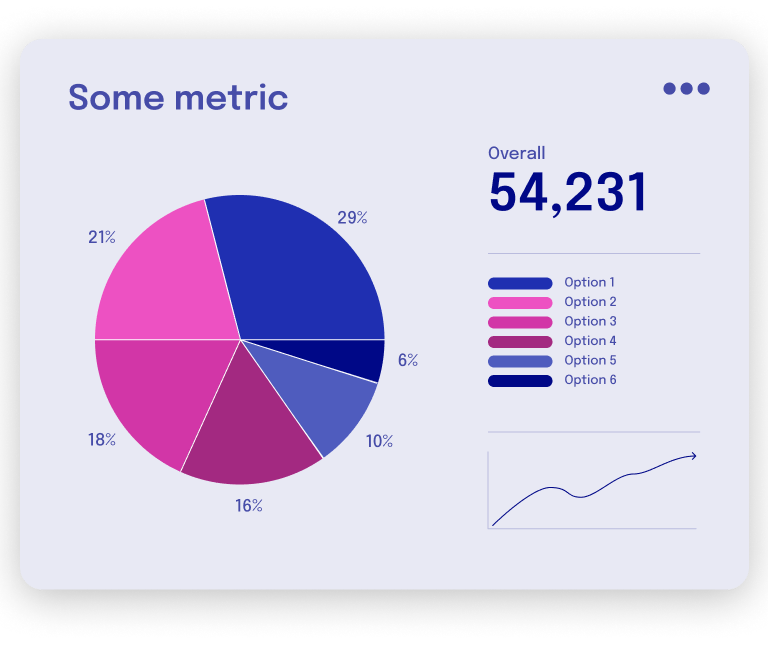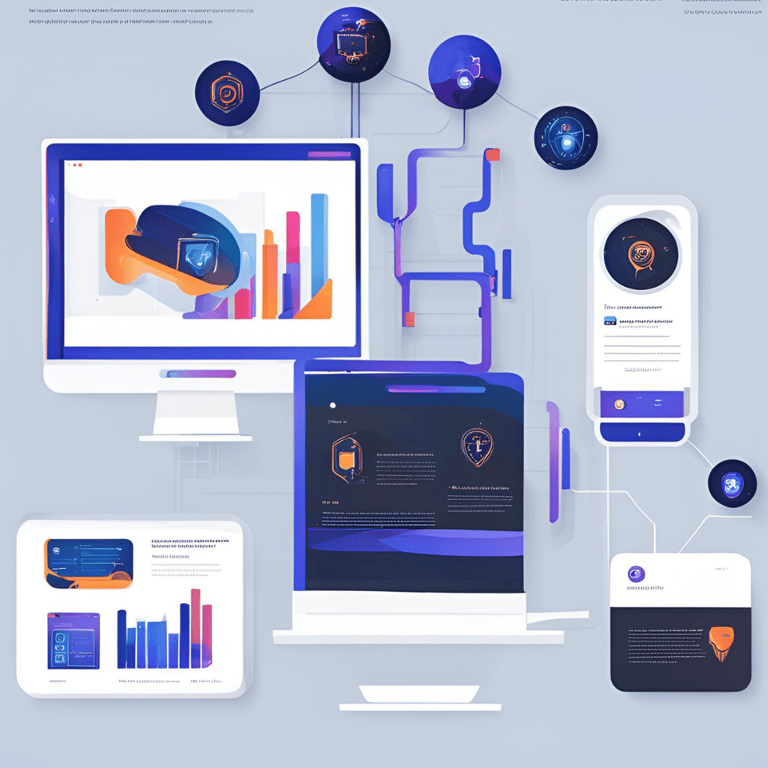
At Qwantiv Technologies, we offer cutting-edge solutions designed to protect, optimize, and future-proof your business. Our expertise spans cybersecurity, encryption, and enterprise IT solutions, ensuring that your digital assets remain secure while your operations run smoothly. From AI-driven threat detection and risk mitigation to advanced cryptographic security and scalable IT infrastructures, we tailor our solutions to meet your unique needs. Whether you’re a startup securing your first digital footprint or an enterprise fortifying complex systems, Qwantiv provides the technology and expertise to keep you ahead of evolving threats.


Our Solutions
It's As Easy As Six Steps


Step One Initial Analysis
Understanding and documenting the needs or problems that software aims to solve is a crucial step in the development process. This phase involves engaging with stakeholders to gather insights into their requirements and challenges. By thoroughly analyzing these needs, developers can create a clear and comprehensive specification that serves as a blueprint for the software project. This documentation not only helps in aligning the development team’s efforts but also ensures that the final product effectively addresses the users’ pain points. Regular feedback and iteration during this phase are essential to refine the understanding of the problems and validate that the proposed solutions will meet the users' expectations. Ultimately, well-documented needs and problems pave the way for successful software development and user satisfaction.




Step Two Design Phase
Creating the software's architecture and layout is a critical phase in the development process, as it lays the foundation for the entire system. This involves designing intuitive user interfaces that enhance usability and provide a seamless experience for users. Alongside this, developing robust data models is essential to ensure efficient data handling and storage, facilitating smooth interactions between various components of the software. Additionally, establishing clear system structures allows for better organization and scalability, making it easier to manage and maintain the software over time. Each element of the architecture must be carefully considered and integrated, resulting in a cohesive system that meets both user needs and technical requirements. Ultimately, this comprehensive groundwork ensures that the final product is not only functional but also user-friendly and adaptable to future enhancements.
Step Three Programming
The process of bringing the design phase to life through coding is a crucial step in software development. It transforms abstract ideas and concepts into tangible reality, where creativity meets technical expertise.
During this phase, developers meticulously implement the software's features and functions, ensuring that every element aligns with the original design and user requirements. This involves writing clean, efficient code and conducting rigorous testing to identify and resolve any issues that may arise. By bridging the gap between design and execution, developers not only enhance the usability of the software but also contribute to a seamless user experience. Ultimately, this critical phase lays the foundation for a successful product that meets both business objectives and user expectations.




Step Four Testing
To ensure the software operates flawlessly and delivers an exceptional user experience, a comprehensive approach to pressure testing is essential.
This involves employing a multitude of techniques, such as stress testing, load testing, and performance testing, each designed to identify potential vulnerabilities and performance bottlenecks under varying conditions. By simulating real-world usage scenarios, testers can observe how the software behaves under maximum load, ensuring it remains responsive and efficient. Additionally, automated testing tools can be utilized to streamline this process, allowing for rapid identification and resolution of issues. Ultimately, thorough pressure testing not only enhances reliability but also boosts user satisfaction, as users can enjoy a smooth and effective interaction with the software across different devices and environments.
Step Five Deployment
Deployment is a critical phase in the software development lifecycle, where the software is officially released to users or transferred to a production environment.
This process involves several crucial steps, including thorough testing to ensure that the software functions as expected under real-world conditions. Once confirmed, the deployment can be executed, either by directly uploading the software to user systems or by making it accessible through cloud services. Effective deployment also includes monitoring the software’s performance post-release, addressing any potential issues that may arise, and providing support to users. By successfully managing the deployment process, organizations can enhance user satisfaction and ensure a seamless transition from development to operational use. Overall, deployment marks the culmination of hard work and collaboration among development teams, paving the way for users to benefit from new features and improvements.


Step Six Maintenance
Write your text here...Maintenance is a crucial aspect of software development that entails ongoing support to ensure optimal performance post-deployment. It involves meticulous bug fixes to address any issues that arise, ensuring the software operates smoothly and efficiently. Regular updates are paramount to keep the software aligned with the latest technological advancements and security protocols, thereby safeguarding user data and enhancing functionality. Additionally, enhancements may be introduced to improve user experience or incorporate new features based on user feedback. This ongoing commitment to maintenance not only prolongs the software's lifecycle but also promotes user satisfaction and trust, making it a vital part of the software development process.


Contact us
Whether you have a request, a query, or want to work with us, use the form below to get in touch with our team.




